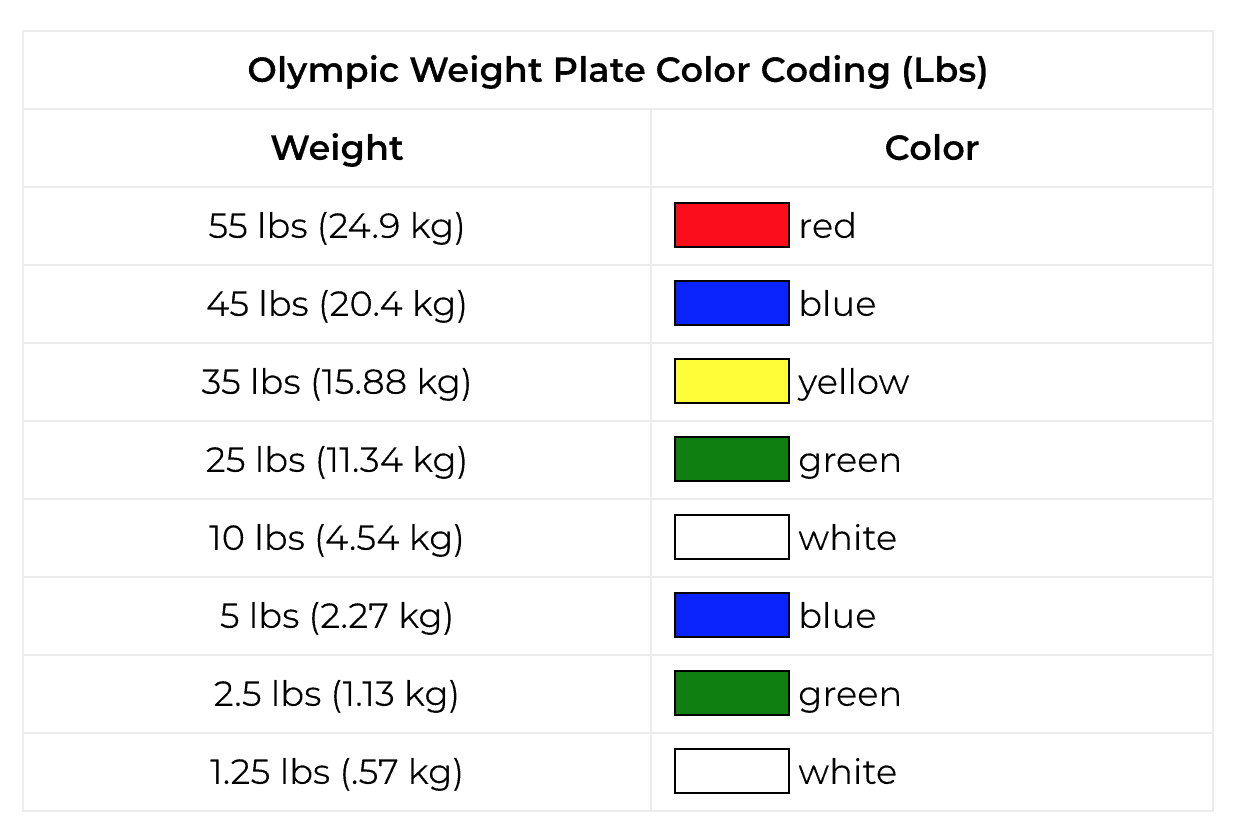25 lbs to kg - Pounds to Kilograms

Recent Posts
- Sumberku
- Richest man in the world 2021
- Apakah proses yang menyebabkan kepupusan kebanyakan spesies tumbuhan dan haiwan yang hidup di bumi?
- Ecm libra
- Maybe love korean drama
- Enough for you olivia rodrigo lyrics
- Mesin kiosk kwsp near me
- 1 billion yen to myr
- Mariah carey my all
- Resepi kuey teow kerang
- Ng chin chai bam
- Ai marketing
- We will not go down lyrics
- Polis diraja malaysia
- Father in law porn
- Westmanga
Convert 25 lbs to kg
Let's say someone's weight is 132 lbs.
It is defined by taking the fixed numerical value of the Planck constant h to be 6.
If you weigh it, it weighs almost 25 pounds.
Lbs to Kg converter
Prior to the current definition, the kilogram was defined as being equal to the mass of a physical prototype, a cylinder made of a platinum-iridium alloy, which was an imperfect measure.
After rounding off to two decimal places it is equal 1.
This is at least in part due to the inconsistencies and lack of coherence that can arise through use of centimeter-gram-second systems, such as those between the systems of electrostatic and electromagnetic units.
- Related articles
2022 blog.dabchy.com























.jpg/1200px-Lana_Del_Rey_%40_Grammy_Museum_10_13_2019_(49311023203).jpg)



:strip_icc():format(jpeg)/kly-media-production/medias/1606533/original/054344100_1495882467-doa_berbuka_copy.jpg)




